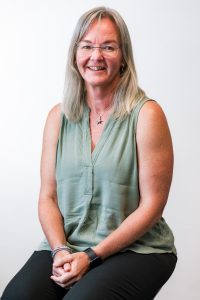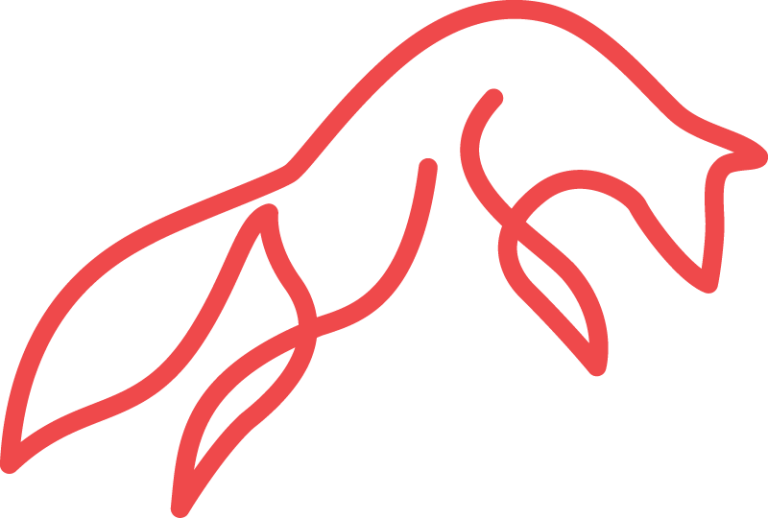Australia will be short of 200,000 engineers by 2040, jeopardising major infrastructure projects and impacting economic growth, an analysis by Professionals Australia revealed last year.
The organisation blames the crisis on failures in the educational pipeline, underutilisation of qualified engineers and the low numbers of women entering the profession.
The stark reality was brought into sharp focus by a recent Engineers Australia report that showed demand for qualified professionals was increasingly outpacing supply, with home-grown engineers outnumbered by those born overseas. Over a fifth of fully qualified graduates no longer work as engineers, with another 3200 leaving annually.
“Alarm bells should be ringing,” said Ben Schnitzerling, Managing Director of infrastructure design consultancy Red Fox. “Urgent action needs to be taken to review how graduate engineers are treated and find ways to keep them in the profession.”
He’s calling for a different approach to training and nurturing inexperienced engineers that will unleash their full potential and harness their passion.
“We all have a role to play in developing the engineers of the future,” he said. “And that starts with changing the dialogue from the risk of failure to having the confidence to believe that it’s worth having a go to find new ways to solve problems.
“At Red Fox, we actively encourage our engineers to explore what might be possible if they take a chance.”
And if it doesn’t work, no one’s made to feel like they’ve made a terrible mistake.
“I’ve learned over many years that you learn more from failure than from success. In fact, it’s the only way to truly innovate. That might mean expanding your horizons by experimenting in a new field of expertise. Or working with different people in different environments and always being open to learning.”
Schnitzerling, an infrastructure and transport engineer with over 25 years’ experience, founded Red Fox five years ago to shake up the industry and find more imaginative solutions that better serve communities.
And that includes disrupting how engineers are trained and supported, an approach that was shaped by his own early experiences.
“I was lucky enough to land a job with Engineers Australia Fellow Frank Vromans FIEAust, who instilled a sense of purpose and excitement in all his teams. He made sure every young engineer had all the mentoring they needed to feel empowered to test and try new concepts.
“Following his example, my mantra became ‘Do what is right, deliver quality and keep your promises’, and that informs everything we do.”
Red Fox fosters a culture of mentorship to develop highly-skilled graduates into successful engineers. It attracts undergraduates early on, supporting them through university and then into a finely-tuned graduate program.
Each recruit gets to work with senior members of the organisation across a range of projects, and all graduates are cycled through a two-year program covering essential technical knowledge.
The policy has paid dividends, and was one of the reasons Dr Julia Summers, an engineer with over 30 years’ of global project experience, joined Red Fox this year.
“It’s so important to encourage young engineers to act courageously and think creatively, while still adhering to sound engineering principles,” she said.
“The way we hone our craft and create impact is to enable our teams to bring forward ideas in a safe and supportive environment. Working collaboratively, we aim to ‘fail fast’ by reviewing and testing as quickly as possible.”

The firm has also taken steps to address another critical issue that’s exacerbating the skills shortage: the gaping gender gap.
Less than one in five engineering graduates are women, and Australian-born women make up just 3.8 per cent of all qualified engineers. If current trends persist, it will take over 70 years to reach gender parity.
“At Red Fox, we’ve always been proactive in encouraging more women to become engineers and then providing them with the support they need at every life stage,” Schnitzerling said. “Much more needs to be done by governments, universities and the industry to boost the number of schoolgirls choosing to study engineering and then giving them the resources and training to develop their skills.”
And that includes the Red Fox philosophy of creativity and challenging accepted norms.
That’s certainly been true for recent graduate Gabrielle Rochet, who began working with Red Fox during her degree. Since then, she’s gained invaluable experience of civil and structural design and spent six months out on project sites performing inspection duties, developing design spreadsheets, mastering AutoCAD and learning alignments.

“At Red Fox, you need to be prepared to have a go,” she said. “But that’s made easy because the breadth of knowledge and experience here is seriously impressive. I’ve worked with some inspiring role models and all of us feel empowered to achieve our best and strive to try new things.”
Schnitzerling is confident that Australia can improve the landscape for engineers.
“We’re 100 per cent committed to playing our part in producing the next generation of engineers, and giving them the freedom to thrive and become well-rounded professionals who’ll design our future and leave a lasting legacy for us all,” he said.




